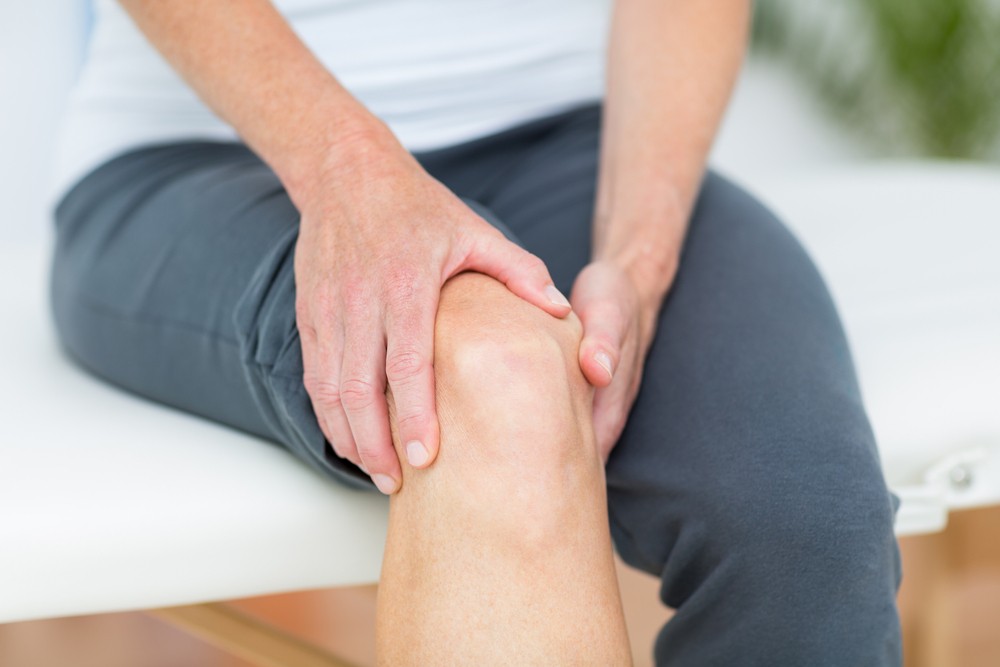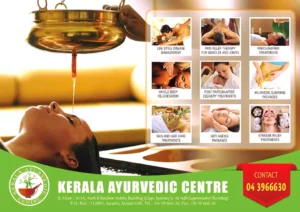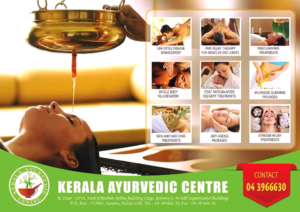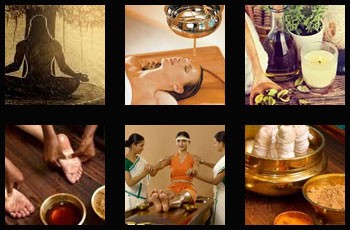Ayurveda, the science of life, has all the answers to the body’s many health issues and treatments.
The roots of harmony and balance within the human body and between the body and its surroundings are the basis of the age-old science of Ayurveda. Our body, according to Ayurveda, is a balanced combination of various components that coexist and allow us to participate in daily activities. Our joints, which connect two bones, allow for this movement throughout our body. However, there are a number of things that can really harm our joints, leading to the common problem of joint discomfort, which can directly affect our range of motion.
Most of the time, the calibre of our life is determined by the calibre of our activities. A particular set of muscles, tendons, ligaments, bones, and joints enable movements like smiling and walking. These components work together to form the locomotor system. Pain and/or mobility restrictions are frequently the earliest and most obvious symptoms of an imbalance in this system. Motions may be impacted right away or later, depending on the underlying cause. Even a slight discomfort in the locomotor system might have an impact on quality of life. And when the discomfort and movement limitations are severe and long-lasting, life becomes miserable. Ayurveda can treat a wide range of physical ailments and locomotor system abnormalities offering ayurvedic treatments that will improve the health of your joints and muscles.
- Age, inactivity, and vitamin deficits induce degeneration or loss from these cartilages.
- Cellular inflammation that may be autoimmune in nature or result from another cause.
- Joint injuries brought on by trauma or strain.
- Osteoarthritis
- Rheumatoid Arthritis
- Common causes include joint swelling, stiffness, severe discomfort, trouble moving or being mobile, and a limited range of movements.
Ayurvedic Perspective on Joint Pain
The importance of the doshas’ balance for health is widely acknowledged. Therefore, vata imbalance is very important for the health of the locomotor system. A vata imbalance can result in inadequate nutritional absorption, which can cause deficiencies and have an impact on general health, particularly the locomotor system. Our bodies typically get dry and our muscles and joints stiff when vata is out of balance. Then, even with routine use and a small amount of stretching, they may become inflamed. Additionally, nerves may be inflamed or unnecessarily stimulated, which can cause tingling, numbness, loss of sensation, etc. We become more susceptible to infections when our immune system is weakened.
Ayurvedic Treatment to Heal Pain
Since ancient times, ayurvedic oils have been used for their healing abilities. Abhyanga, or full-body warm oil massages, calm the body and the mind while dramatically lessening physical pain.
- Jambeera Thailam: A base oil made from sesame seeds and coconut milk is used to cook the natural ingredients and spices that make up Jambeera Thailam, including lemon, ginger, and turmeric. Abhyanga, when practised with Jambeera Thailam, can ease weary muscles and support joint health by reducing pain, stiffness, and inflammation in the joints. Additionally, it makes the shoulders’ joints stronger and more mobile. Additionally, rheumatoid arthritis sufferers can benefit from the special mix of lemon, turmeric, and ginger because they have anti-inflammatory effects.
- Karpooradi Thailam is a traditional oil made with camphor (kapoor) in a sesame oil base that has been utilised to preserve ideal joint and muscle condition for centuries. The natural healing and purifying properties of camphor function as a lubricant to ease joint and muscle pain. Abhyanga, when practised with Karpooradi Thailam, can help to balance muscle strength while also relaxing muscles and maintaining flexibility. This organic ayurveda oil has a calming effect on the body and mind in addition to relieving osteoarthritis and sore joints. This ancient oil not only relieves joint pain but also increases blood circulation, decreases congestion, and calms migraine discomfort naturally.
- Dashmula: also known as “ten roots,” is a concoction of ten different tree and shrub roots, including Patala, Gambhaari, Brihati, Shalparni, Shyonaak, Gokharu, Kantkaari, Agnimanth, Bilva, and Prishniparni. This herbal treatment can treat arthritis-related symptoms like pain and swelling. In terms of treating arthritic symptoms including swelling and joint pain, it possesses analgesic, antioxidant, and painkiller properties. Due to its anti-inflammatory characteristics, it can treat joint inflammation, a typical side effect of rheumatoid arthritis. Additionally, it functions as an analgesic, sedative, and antioxidant to help with digestion, nerve-related health issues, and to lessen muscle spasms. Dashamula can be ingested as a powder or used as an ayurvedic massage oil.
- Niligiri: Eucalyptus, also known as Nilgiri, is a frequently used traditional Ayurvedic supplement for both muscular and joint tension. The petroleum produced at the Nilgiri plant can help to ease discomfort by lowering inflammation. It is widely known for reducing both severe pain and swelling. The joints benefit greatly from its strong anti-inflammatory, anti-convulsant, and antioxidant qualities.
We at Kerala Ayurveda Dubai believe the adage “Prevention is better than cure”. This vision has been a part of Ayurveda’s all-encompassing wisdom since ancient times. The ayurveda concept of nidana parivarjana (avoiding causes of the disease) is seen to be the first step in curing any illness. Therefore, a sure-fire way to ensure overall health and welfare is to incorporate preventive measures into our everyday practise, or dinacharya . Book your appointment now and experience the best care from our expert doctors.





